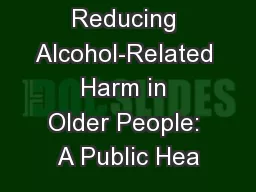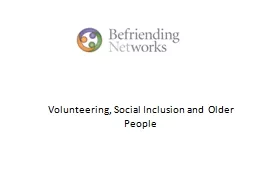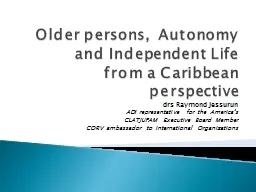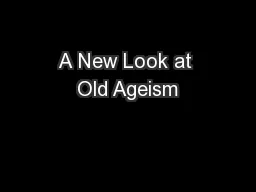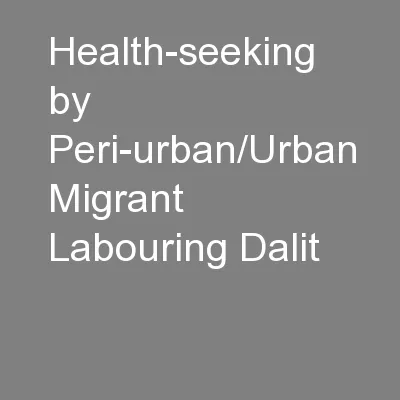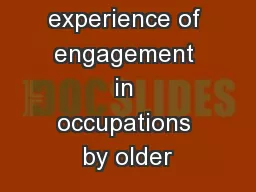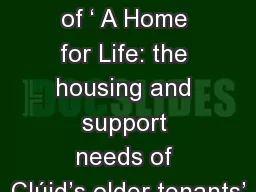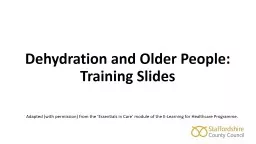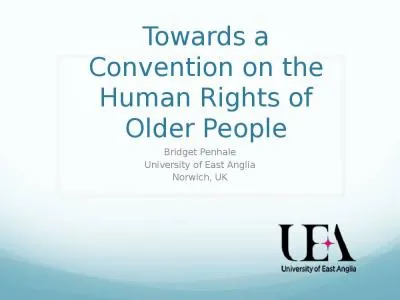PPT-Older People’s Experience of Urban life and the role of the
Author : mitsue-stanley | Published Date : 2019-11-06
Older Peoples Experience of Urban life and the role of the neighbourhood Chris Phillipson MICRAThe University of Manchester TOPICS COVERED WHY NEIGHBOURHOODS ARE
Presentation Embed Code
Download Presentation
Download Presentation The PPT/PDF document "Older People’s Experience of Urban li..." is the property of its rightful owner. Permission is granted to download and print the materials on this website for personal, non-commercial use only, and to display it on your personal computer provided you do not modify the materials and that you retain all copyright notices contained in the materials. By downloading content from our website, you accept the terms of this agreement.
Older People’s Experience of Urban life and the role of the: Transcript
Download Rules Of Document
"Older People’s Experience of Urban life and the role of the"The content belongs to its owner. You may download and print it for personal use, without modification, and keep all copyright notices. By downloading, you agree to these terms.
Related Documents



